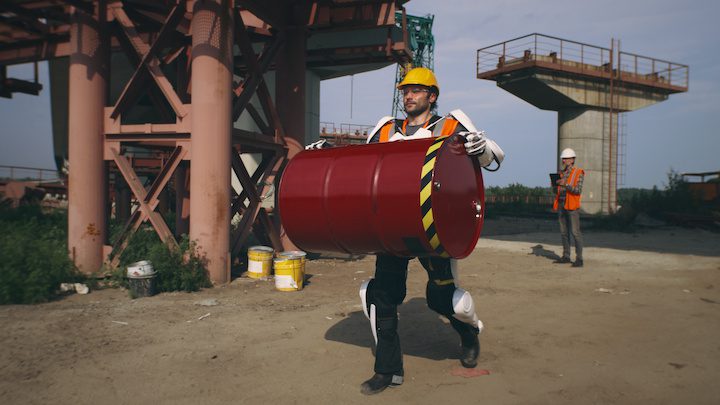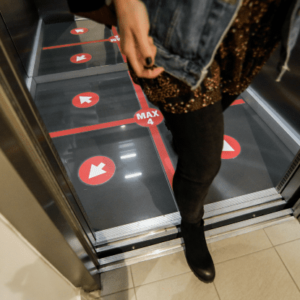Though some advancements are in the infancy stages, construction is ripe for a tech upgrade. Wearable technology for construction professionals looks to help the industry make some leaps in terms of productivity and safety.

Exoskeletons
Exoskeletons have a benefit for those doing heavy lifting and are becoming part of some rehabilitation programs for workers who have had injuries or are suffering issues like back pain. Exoskeletons assist the user via mechanical muscles that typically assist with heavy, repetitive work. However, the technology is still very much in its early stages and has been found to be restrictive to those in the field. While some of the heavy lifting is easier, tight spaces are challenging.
Work boots
Thanks to IoT, sensors are integrating into many items of our daily lives. One tried and true item may be due for an unexpected upgrade: the work boot. Work boot sensors can offer a variety of data points: location tracking for workflow enhancement, safety indicators like nearby heavy equipment, temperature detection, and pressure detection to alert for falls. The boots could even be charged by the users’ own energy produced while walking.
Hard hats
Hard hats are another staple with upgrade potential. Sensors added around the brim of the hat can create a tech wearable that can detect fatigue by measuring vital signs. Microsleeps, which are sudden moments of sleep that can occur in fatigued individuals, are especially dangerous for construction professionals and can be detected before they occur with smart hard hat. Proximity sensing for nearby equipment is another feature, as are slip and fall sensors.
Visual wearables
Visual wearables, which can be optical aids embedded in glasses or visors, can assist both the wearer and remote viewers. Training, troubleshooting and quality control can all be affected by sharing visual information. Clear communication with what’s happening on site, combined with ability to make video and audio calls, can reduce the amount of time required to make a decision. Augmented reality could also combine virtual building solutions with what is happening on the live job site.
Worker buy-in could lead to uphill battles as thoughts of Big Brother may arise, but a company’s approach showing the benefits – and perhaps an employee equipment subsidy – could lead to better uptake. Cost and maintenance are also of concern to construction managers, but there’s a potential offset in insurance savings as data can be shared showing enhanced safety on the jobsite. As research advances, technology develops to bring costs down, and privacy concerns are addressed among workers, we’re sure to see more of this tech in the future. Let’s also not forget that the young workers the industry is looking to attract are digital natives who may be fascinated by these new advancements.


